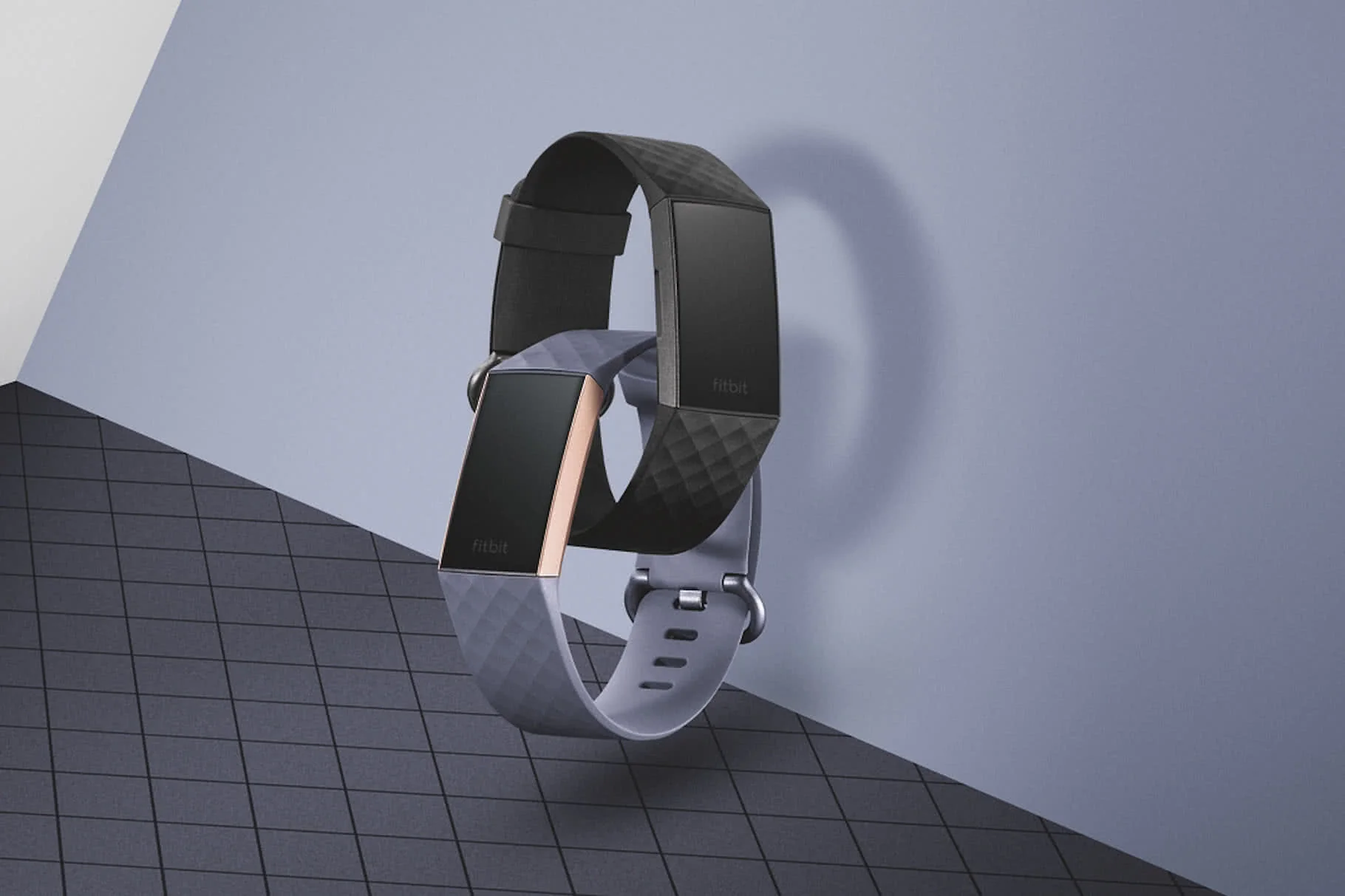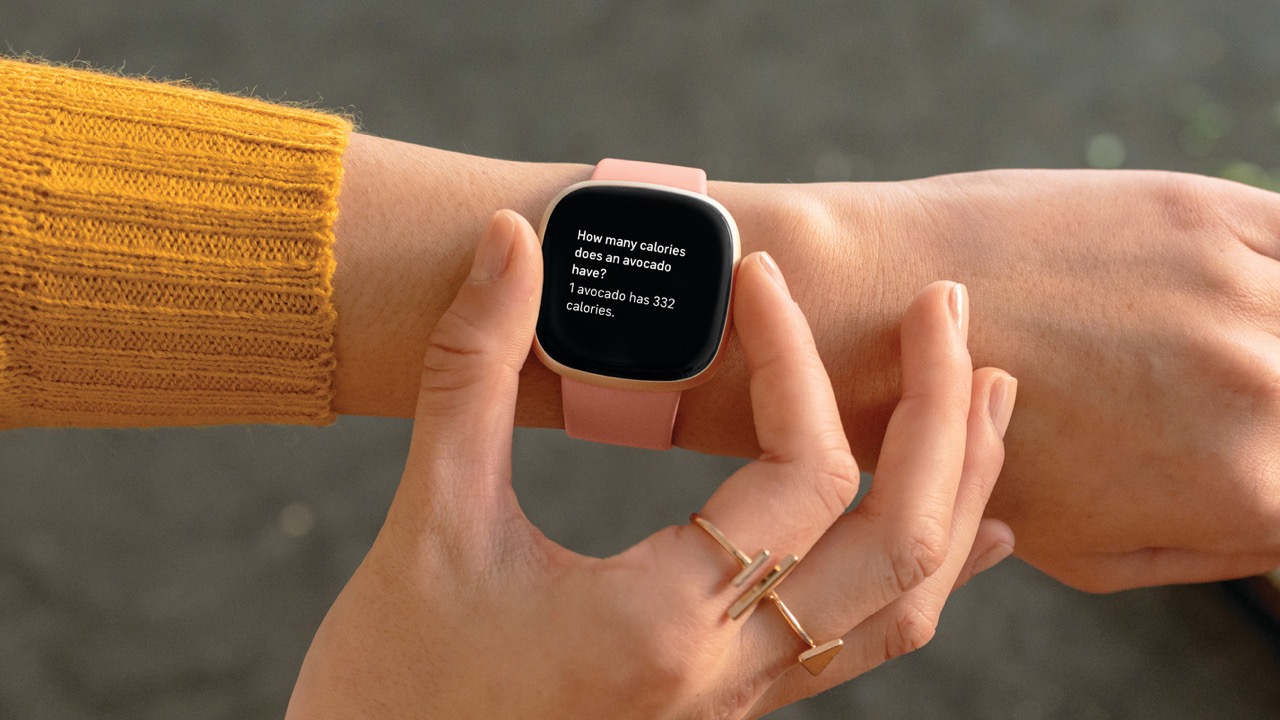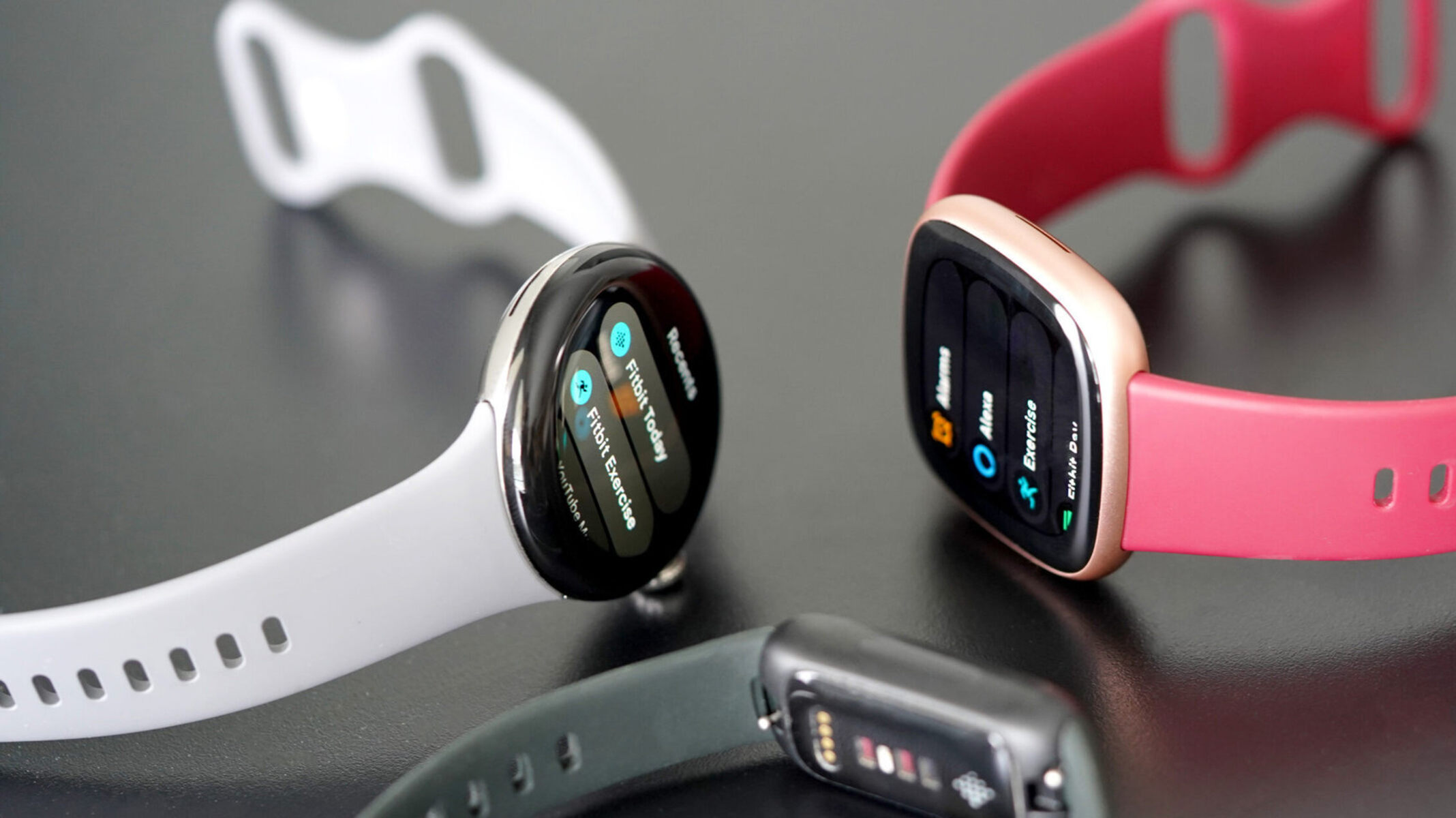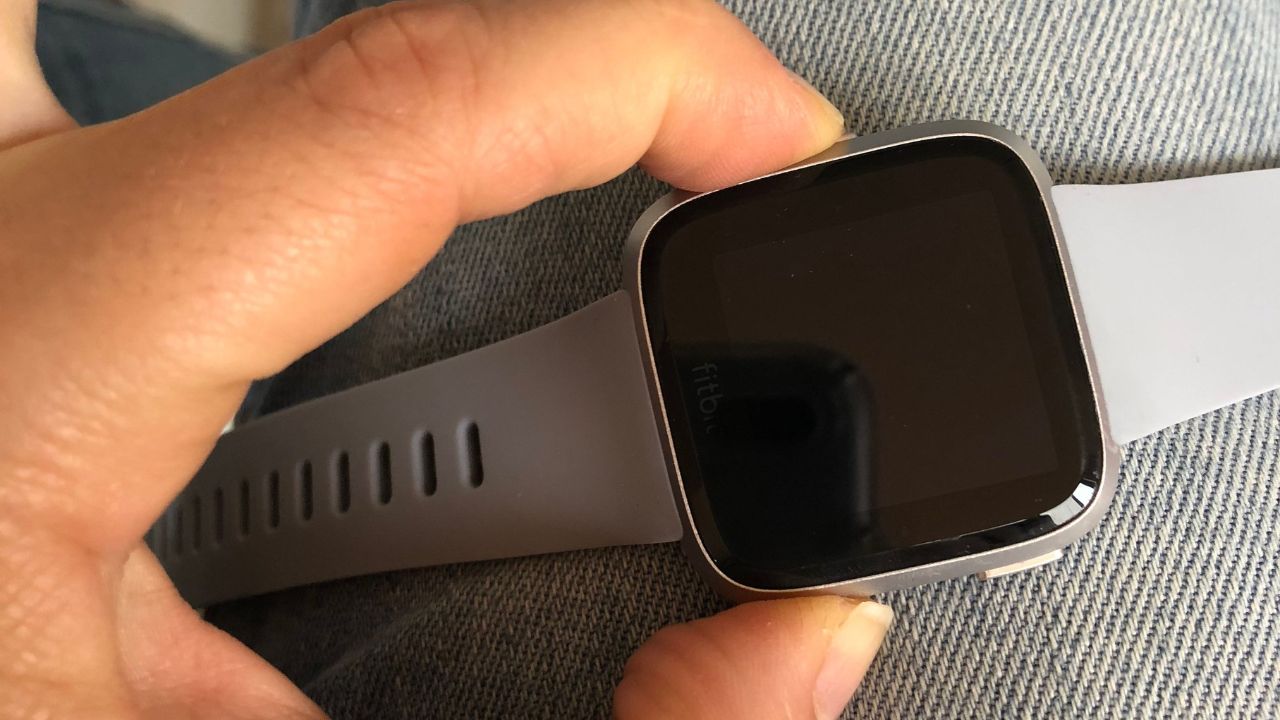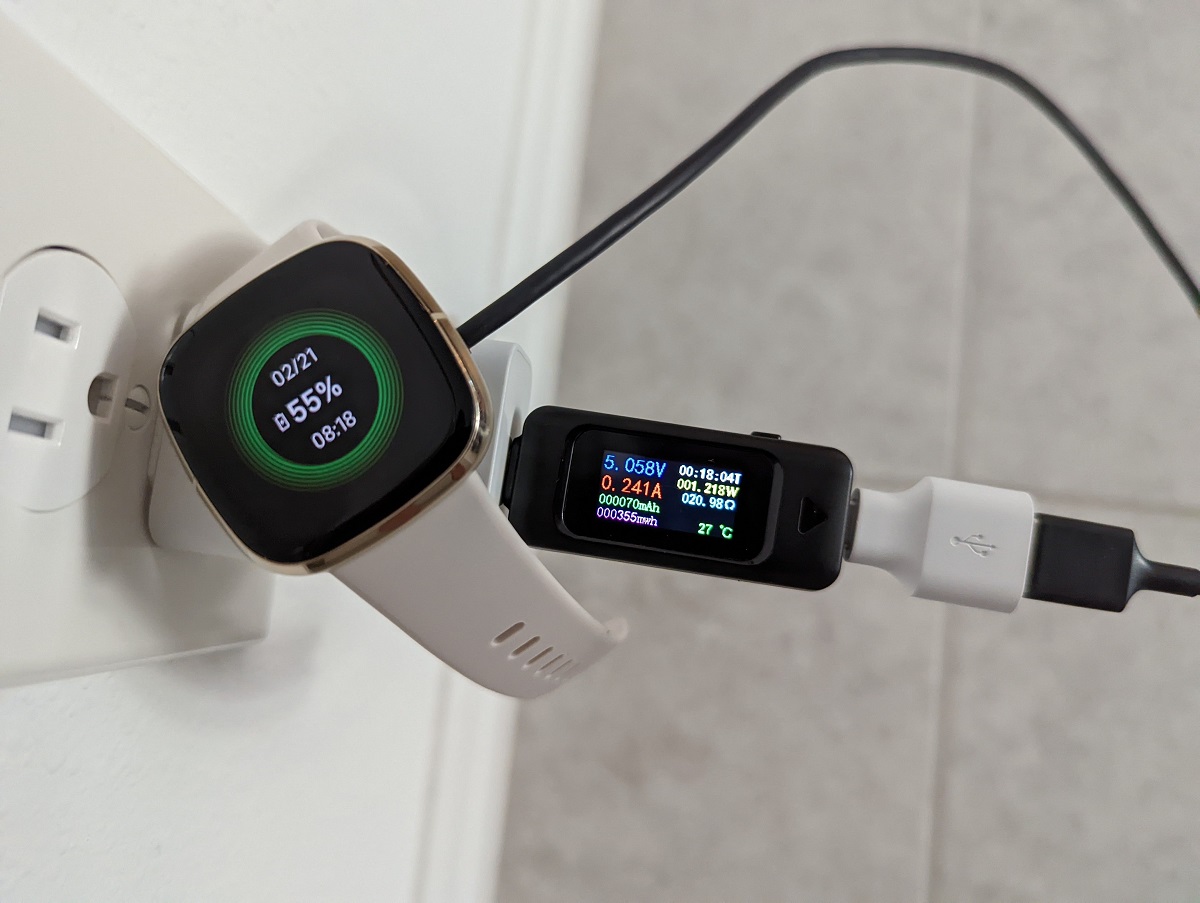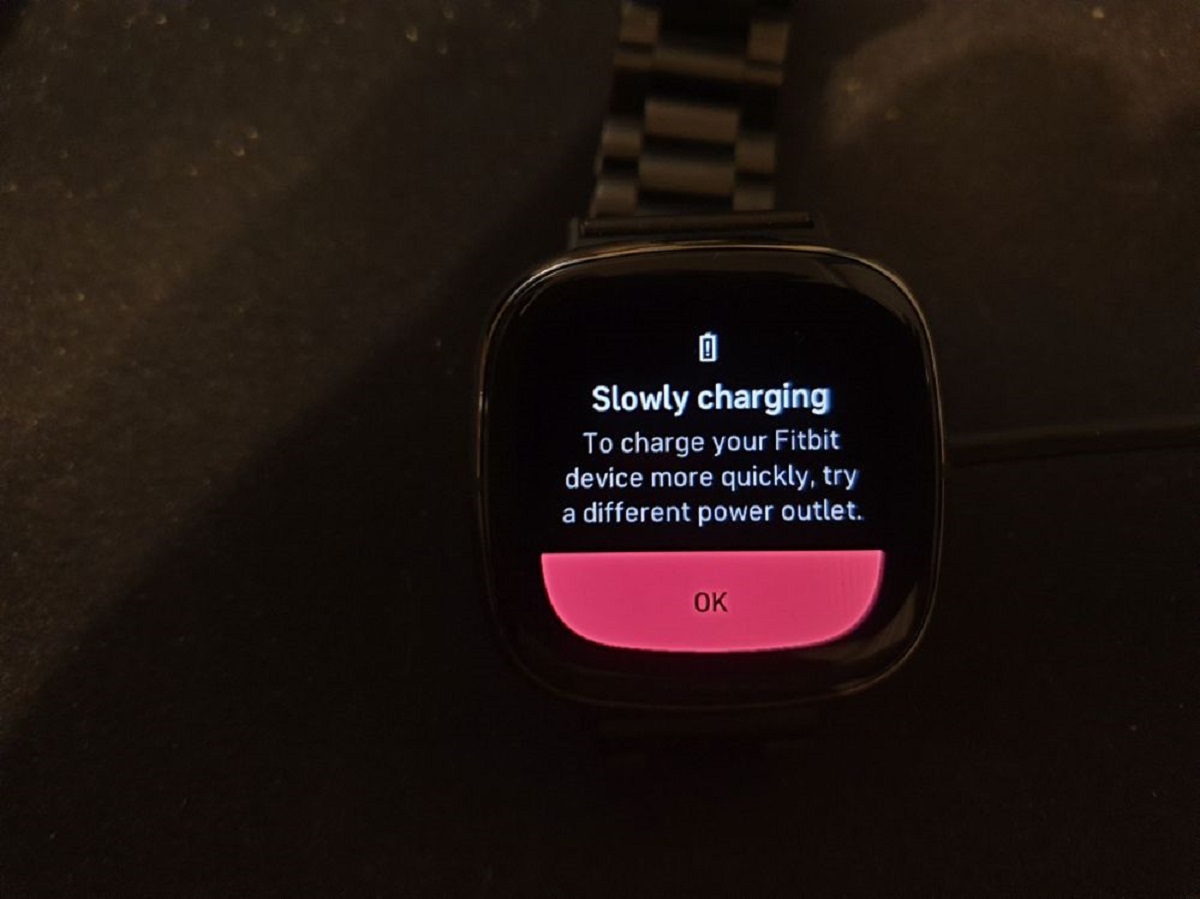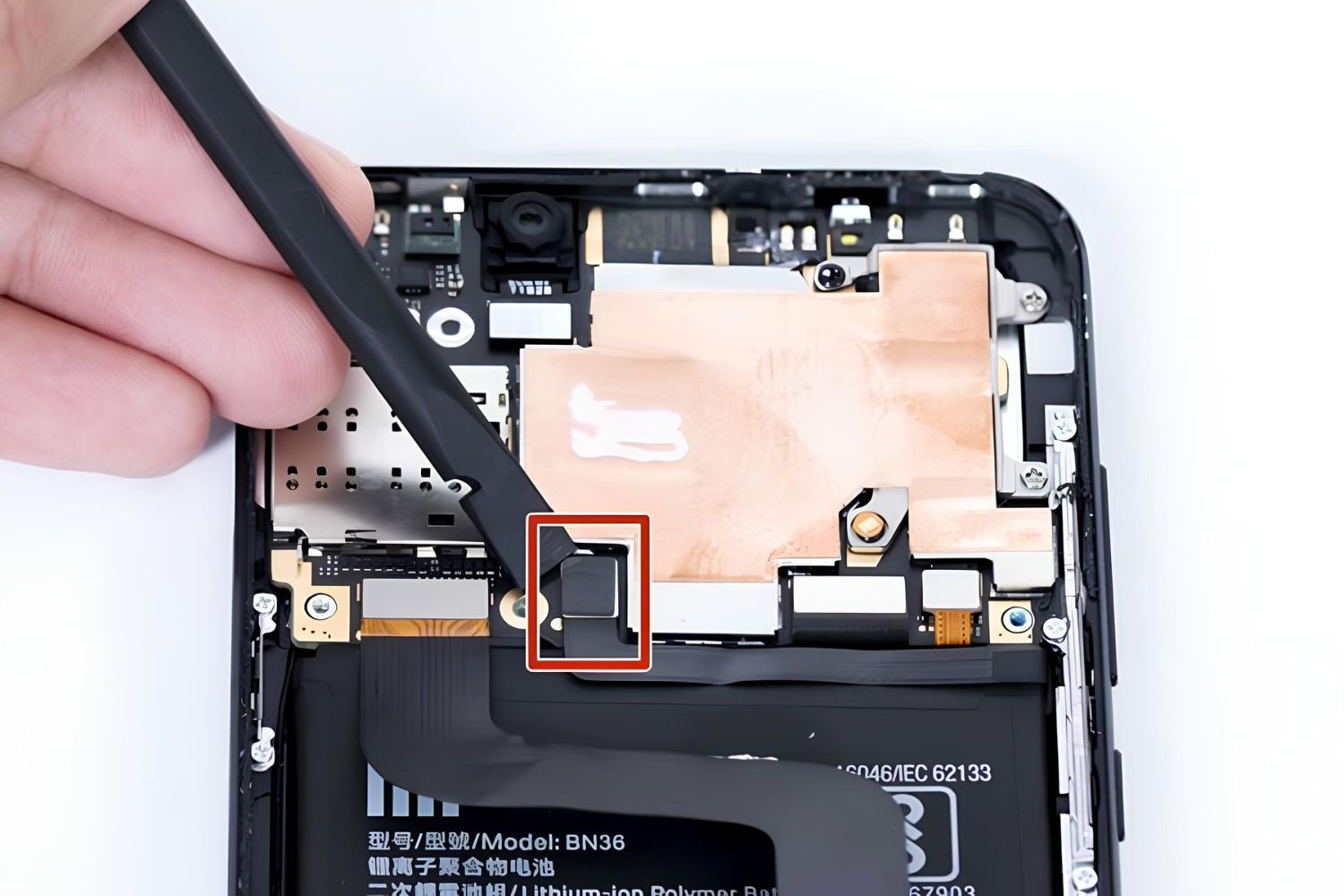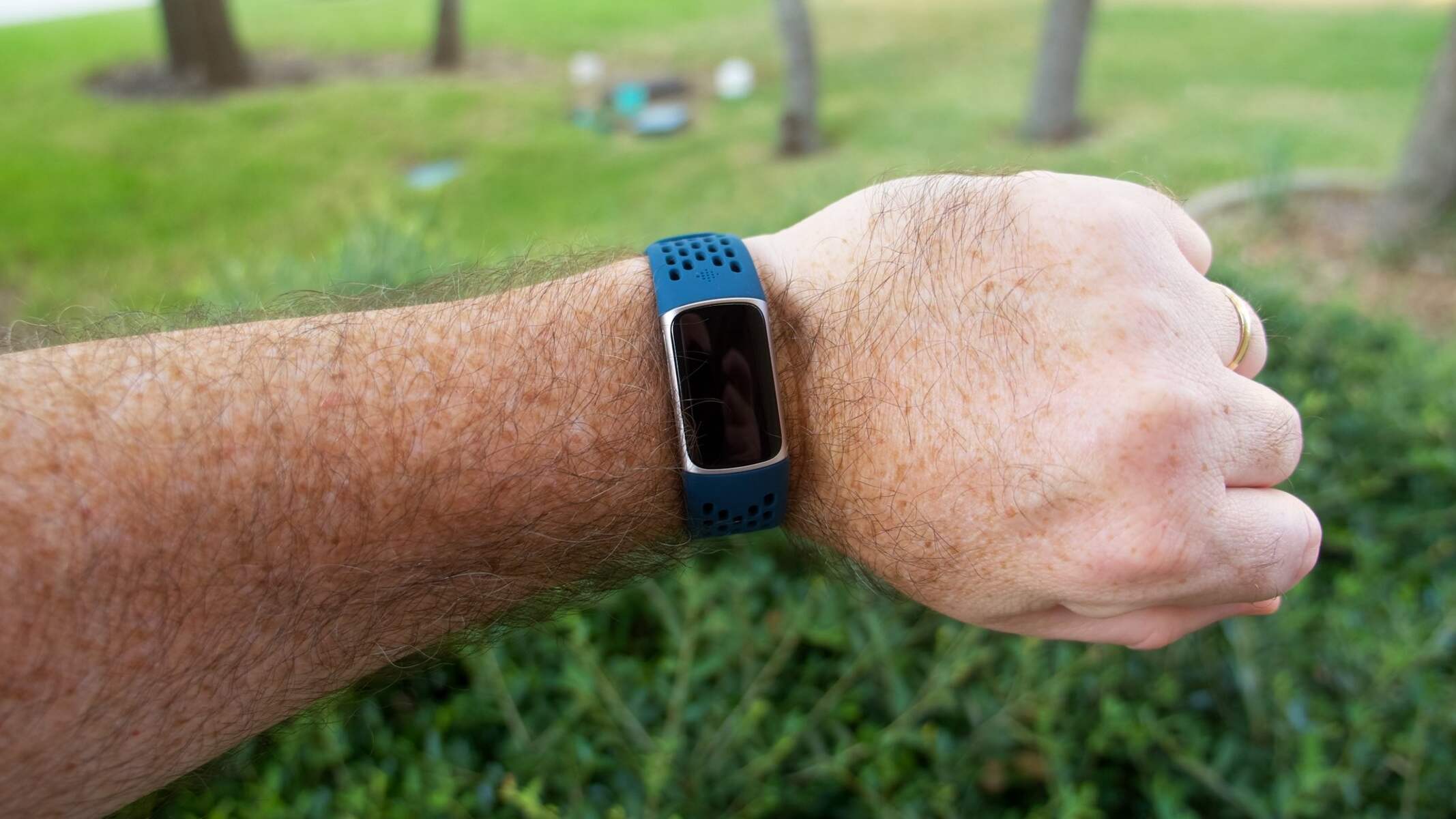Introduction
Wearable technology has revolutionized the way we track our fitness and monitor our health. Fitbit, a leading brand in the wearable tech industry, has gained widespread popularity for its sleek design and advanced features. However, despite its impressive functionality, many users encounter a common issue: rapid battery drain. If you've found yourself constantly recharging your Fitbit, you're not alone. This article delves into the potential reasons behind Fitbit battery drain and offers valuable insights on diagnosing and mitigating this frustrating issue.
The allure of Fitbit lies in its ability to seamlessly integrate into our daily lives, providing real-time data on our physical activity, heart rate, and sleep patterns. Whether you're an avid athlete or simply aiming to lead a healthier lifestyle, Fitbit serves as a reliable companion, offering valuable insights into your overall well-being. However, when your Fitbit starts losing charge at an alarming rate, it can disrupt your fitness tracking routine and diminish the overall user experience.
Understanding the root causes of Fitbit battery drain is crucial for resolving this issue and maximizing the longevity of your device. By identifying the common culprits behind rapid battery depletion, you can take proactive measures to optimize your Fitbit's performance and ensure that it remains an indispensable tool in your wellness journey.
In the following sections, we'll explore the prevalent factors contributing to Fitbit battery drain and provide actionable tips for extending its battery life. By gaining a comprehensive understanding of these dynamics, you'll be empowered to address battery woes and fully leverage the potential of your Fitbit device. Let's embark on this enlightening journey to uncover the secrets of diagnosing and overcoming Fitbit battery issues.
Common Reasons for Fitbit Battery Drain
-
Continuous Heart Rate Monitoring: Fitbit devices equipped with heart rate tracking capabilities are designed to provide real-time insights into your cardiovascular activity. However, the continuous monitoring of your heart rate can significantly impact the battery life of your Fitbit. The sensor responsible for tracking heart rate operates around the clock, consuming a substantial amount of power. If you notice rapid battery drain, the constant heart rate monitoring could be a primary contributing factor.
-
Frequent Synchronization: Fitbit devices sync data with your smartphone or computer to ensure that your fitness stats are up to date. While synchronization is essential for accessing comprehensive activity records, frequent and prolonged syncing sessions can strain the battery. The process of transmitting data wirelessly demands considerable energy, potentially leading to accelerated battery depletion.
-
Excessive Notifications: Fitbit's notification feature keeps you informed about incoming calls, messages, and app alerts directly on your wrist. Although this functionality enhances convenience, an influx of notifications can exert a notable impact on battery life. Each notification prompts the display to activate, consuming power with every illumination. Consequently, a high volume of notifications may contribute to faster battery drain.
-
Intensive Exercise Tracking: Engaging in high-intensity workouts or extended exercise sessions demands intensive monitoring from your Fitbit. The device expends substantial energy to accurately capture your physical exertion, heart rate variations, and calorie expenditure. If you frequently engage in rigorous workouts without allowing your Fitbit to recuperate, the sustained strain on the battery can lead to diminished longevity between charges.
-
Outdated Firmware: Fitbit regularly releases firmware updates to enhance the performance and functionality of its devices. Running an outdated firmware version on your Fitbit can potentially lead to inefficiencies in power management. In some cases, older firmware iterations may contain bugs or inefficiencies that contribute to accelerated battery drain. Ensuring that your Fitbit is running the latest firmware can mitigate such issues and optimize battery utilization.
Understanding these common reasons for Fitbit battery drain empowers users to take proactive measures in managing their device's power consumption. By recognizing the factors that impact battery life, users can implement targeted strategies to alleviate rapid battery depletion and prolong the operational duration of their Fitbit device.
How to Diagnose Fitbit Battery Issues
Diagnosing Fitbit battery issues is a pivotal step in resolving the persistent problem of rapid battery drain. By systematically assessing various aspects of your device's performance and usage patterns, you can pinpoint the underlying factors contributing to diminished battery life. Here are several effective methods for diagnosing Fitbit battery issues:
-
Usage Analysis: Begin by evaluating your daily usage patterns and activities while wearing the Fitbit. Take note of the duration and intensity of workouts, frequency of heart rate monitoring, and the volume of notifications received. This comprehensive analysis provides valuable insights into the potential triggers of battery drain.
-
Battery Monitoring: Utilize the Fitbit app to track your device's battery performance over time. The app displays the battery level and usage statistics, enabling you to observe any irregularities in power consumption. Monitoring the battery trend can help identify specific periods or activities that lead to accelerated battery depletion.
-
Firmware Check: Ensure that your Fitbit is running the latest firmware version. Periodically check for firmware updates within the Fitbit app and install any available updates. Updated firmware often includes optimizations for power management, addressing potential inefficiencies that contribute to battery drain.
-
Syncing Behavior: Assess the frequency and duration of data synchronization between your Fitbit and connected devices. Prolonged or frequent syncing sessions can strain the battery, leading to rapid depletion. Analyze the impact of syncing on battery life and consider adjusting the synchronization frequency to mitigate excessive power consumption.
-
Heart Rate Monitoring: Evaluate the impact of continuous heart rate monitoring on battery performance. Monitor the duration and frequency of heart rate tracking, particularly during periods of physical activity and rest. This assessment can reveal the correlation between heart rate monitoring and battery drain, guiding you in optimizing the usage of this feature.
-
Notification Impact: Examine the influence of notifications on battery life. Keep track of the volume and frequency of notifications received on your Fitbit. By identifying the impact of notifications on battery drain, you can make informed decisions regarding the management of incoming alerts to preserve battery longevity.
By systematically diagnosing Fitbit battery issues through these proactive measures, users can gain valuable insights into the factors influencing battery drain. This comprehensive evaluation serves as a foundation for implementing targeted strategies to optimize battery performance and extend the operational duration of Fitbit devices.
Tips for Extending Fitbit Battery Life
Optimizing the battery life of your Fitbit device is essential for ensuring uninterrupted usage and maximizing its utility as a reliable fitness and wellness companion. By implementing practical strategies and adopting mindful usage habits, users can significantly extend the operational duration of their Fitbit. Here are valuable tips for preserving and enhancing the battery life of your Fitbit:
-
Customize Heart Rate Monitoring: Adjust the heart rate monitoring settings on your Fitbit to strike a balance between accuracy and battery conservation. Consider enabling the "Auto" mode, allowing the device to intermittently track your heart rate throughout the day instead of continuously. This approach reduces the overall power consumption associated with constant heart rate monitoring while still providing insightful data on your cardiovascular activity.
-
Strategic Synchronization: Optimize the synchronization frequency of your Fitbit with the connected app on your smartphone or computer. Instead of frequent and prolonged syncing sessions, aim to synchronize data at strategic intervals, such as at the beginning or end of the day. By minimizing the frequency of data transmission, you can mitigate the strain on the battery and preserve its longevity between charges.
-
Streamline Notifications: Tailor the notification settings on your Fitbit to prioritize essential alerts and minimize unnecessary or redundant notifications. By selectively enabling notifications for critical communication and pertinent updates, you can reduce the frequency of display activations, consequently conserving battery power. This streamlined approach to notifications optimizes battery utilization without compromising the essential functionality of receiving timely alerts.
-
Regular Firmware Updates: Stay vigilant about firmware updates released by Fitbit and ensure that your device is running the latest software version. Updated firmware often includes optimizations for power management and efficiency enhancements, addressing potential factors contributing to battery drain. By promptly installing firmware updates, users can benefit from improved battery performance and overall device functionality.
-
Mindful Exercise Tracking: When engaging in physical activities or workouts, be mindful of your Fitbit's tracking features and their impact on battery consumption. Consider activating exercise tracking only when necessary, such as during dedicated workout sessions, to minimize continuous monitoring that may strain the battery. By strategically utilizing exercise tracking features, you can conserve battery power while still capturing essential fitness data.
-
Optimized Display Settings: Adjust the display settings of your Fitbit to strike a balance between visibility and battery conservation. Consider reducing the screen brightness and shortening the display timeout duration to minimize unnecessary power consumption. These subtle adjustments contribute to prolonged battery life without compromising the readability of essential information on your Fitbit's display.
Incorporating these tips into your daily usage habits and device management practices empowers you to proactively extend the battery life of your Fitbit. By striking a harmonious balance between functionality and power conservation, users can fully leverage the capabilities of their Fitbit device while enjoying prolonged operational duration between charges.
Conclusion
In conclusion, the persistent issue of Fitbit battery drain can significantly impact the user experience and disrupt the seamless integration of wearable technology into daily life. However, by delving into the common reasons behind rapid battery depletion and adopting proactive measures to diagnose and mitigate this concern, users can optimize the performance and longevity of their Fitbit devices.
Understanding the impact of continuous heart rate monitoring, frequent data synchronization, excessive notifications, intensive exercise tracking, and outdated firmware on battery life is instrumental in identifying potential triggers of rapid battery drain. Through a comprehensive analysis of usage patterns and device behavior, users can gain valuable insights into the specific factors influencing battery performance.
The process of diagnosing Fitbit battery issues involves meticulous monitoring of usage habits, battery performance trends, firmware status, syncing behavior, heart rate monitoring impact, and notification influence. By systematically evaluating these aspects, users can pinpoint the underlying causes of battery drain and implement targeted strategies to mitigate power consumption effectively.
Furthermore, the implementation of practical tips for extending Fitbit battery life, such as customizing heart rate monitoring, optimizing synchronization frequency, streamlining notifications, prioritizing firmware updates, adopting mindful exercise tracking, and adjusting display settings, empowers users to proactively preserve battery longevity while maximizing the utility of their Fitbit devices.
By striking a harmonious balance between functionality and power conservation, users can fully leverage the capabilities of their Fitbit devices while enjoying prolonged operational duration between charges. This holistic approach to managing Fitbit battery performance ensures uninterrupted usage, enhances the overall user experience, and reinforces the device's role as a reliable fitness and wellness companion.
In essence, by gaining a comprehensive understanding of the dynamics influencing Fitbit battery drain and implementing targeted strategies to optimize battery performance, users can overcome this persistent challenge and fully harness the potential of their Fitbit devices in their pursuit of a healthier and more active lifestyle.







